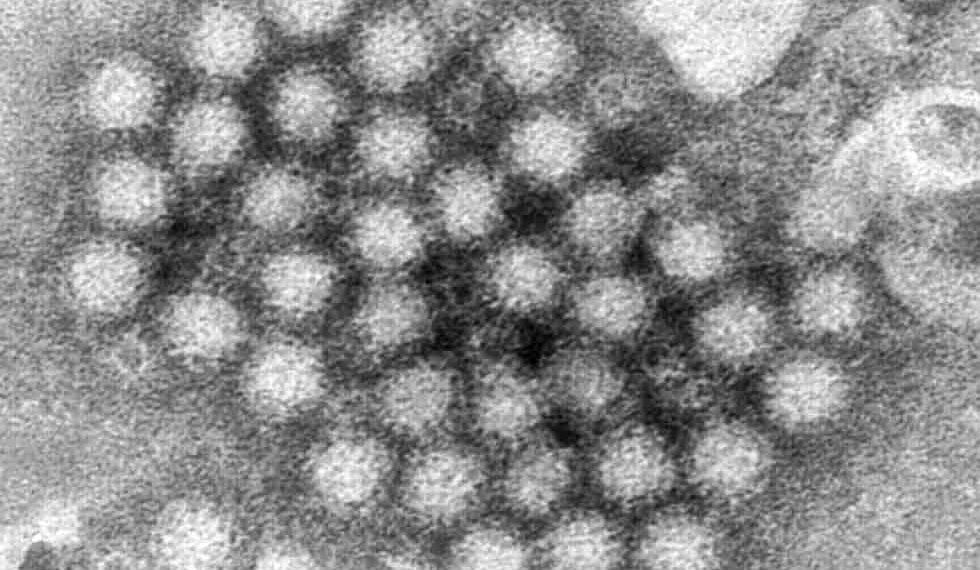Surge in Norovirus Cases Across the U.S.: What You Need to Know
Norovirus cases are spiking across the United States this winter, according to the latest data from the Centers for Disease Control and Prevention (CDC). The CDC reports 91 outbreaks of norovirus during the week of Dec. 5, a significant rise from the 69 outbreaks recorded at the end of November. This increase marks the highest number of outbreaks in recent years for this time of year.
Norovirus, a highly contagious stomach virus, typically leads to vomiting and diarrhea, and it tends to spread quickly in crowded places such as nursing homes, schools, cruise ships, and other communal settings. Here’s what you need to know about the virus and how to protect yourself.
What is Norovirus?
Norovirus is the leading cause of foodborne illness in the United States, responsible for 58% of all foodborne infections each year. It is caused by a group of viruses that spread easily, with just 10 viral particles enough to make someone sick.
- Annual Impact: Around 2,500 outbreaks of norovirus are reported each year in the U.S.
- Peak Season: While it can occur year-round, norovirus outbreaks are most common between November and April.
In addition to vomiting and diarrhea, common symptoms include nausea, stomach pain, body aches, headache, and fever.
How Does Norovirus Spread?
Norovirus is highly contagious and spreads in various ways:
- Direct Contact: Through close contact with infected individuals or shared items like food and utensils.
- Contaminated Surfaces: The virus can also spread through contaminated food, water, or surfaces.
Given its ability to spread quickly, it is important to be cautious, especially in settings where people gather closely together.
How Long Does the Illness Last?
The illness caused by norovirus usually develops 12 to 48 hours after exposure to the virus. Most people recover within 1 to 3 days, although symptoms may vary in intensity. Despite its short duration, norovirus remains a serious health concern, causing:
- 19 to 21 million illnesses each year in the U.S.
- 900 deaths annually, primarily among older adults (ages 65 and older).
- 109,000 hospitalizations annually, with young children being particularly vulnerable.
- 465,000 emergency department visits, mainly involving young children.
Who’s Most at Risk?
While anyone can contract norovirus, certain groups are at a higher risk:
- Young children and older adults.
- Those with weakened immune systems are more susceptible to complications, particularly dehydration from vomiting and diarrhea.
There is no specific medication to treat norovirus. The primary treatment is rehydration—drinking fluids like water, clear broths, or oral rehydration solutions. Avoid beverages like coffee, tea, or alcohol, as they can worsen dehydration.
If dehydration symptoms occur—such as dry mouth, dizziness, or fewer urinations—seek medical attention promptly. For children, symptoms like unusual sleepiness, fussiness, or crying with few or no tears may indicate dehydration.
How Can You Protect Yourself?
The best defense against norovirus, especially during peak season, is good hygiene:
- Handwashing: Wash hands thoroughly with soap and warm water for 20 seconds before eating or preparing food.
- Disinfecting Surfaces: Regularly clean surfaces with household disinfectants, especially in areas with high foot traffic, to reduce the spread of the virus.
Taking these precautions will help reduce your chances of getting sick and stop the virus from spreading to others.
Stay vigilant during the winter season, especially as norovirus cases rise, and take steps to protect yourself and others from this contagious stomach bug.
This article was rewritten by JournosNews.com based on verified reporting from trusted sources. The content has been independently reviewed, fact-checked, and edited for accuracy, neutrality, tone, and global readability in accordance with Google News and AdSense standards.
All opinions, quotes, or statements from contributors, experts, or sourced organizations do not necessarily reflect the views of JournosNews.com. JournosNews.com maintains full editorial independence from any external funders, sponsors, or organizations.
Stay informed with JournosNews.com — your trusted source for verified global reporting and in-depth analysis. Follow us on Google News, BlueSky, and X for real-time updates.














